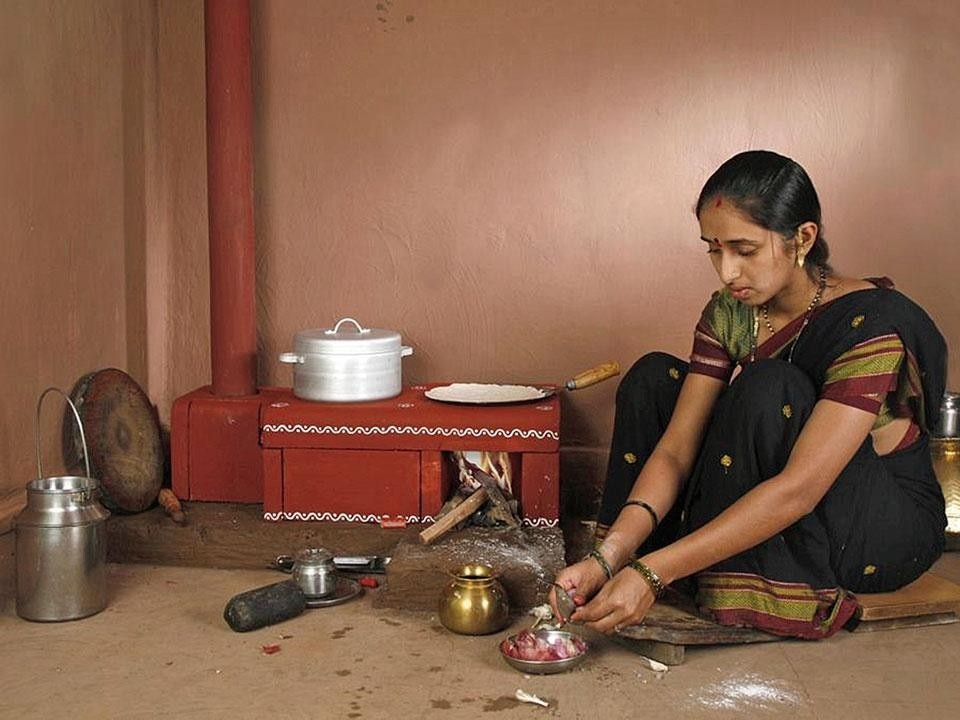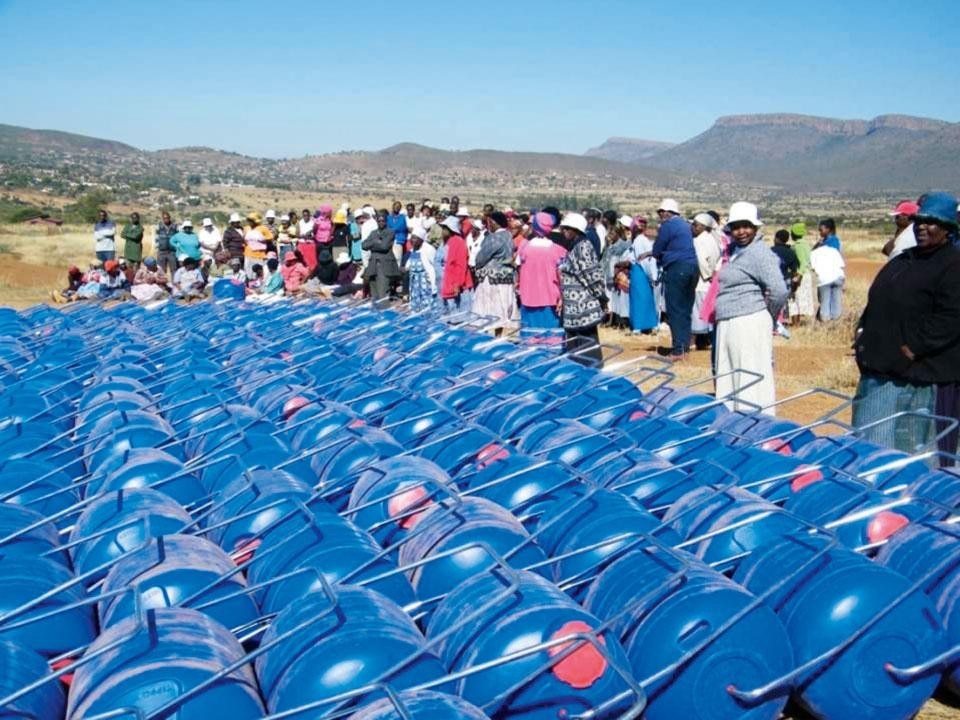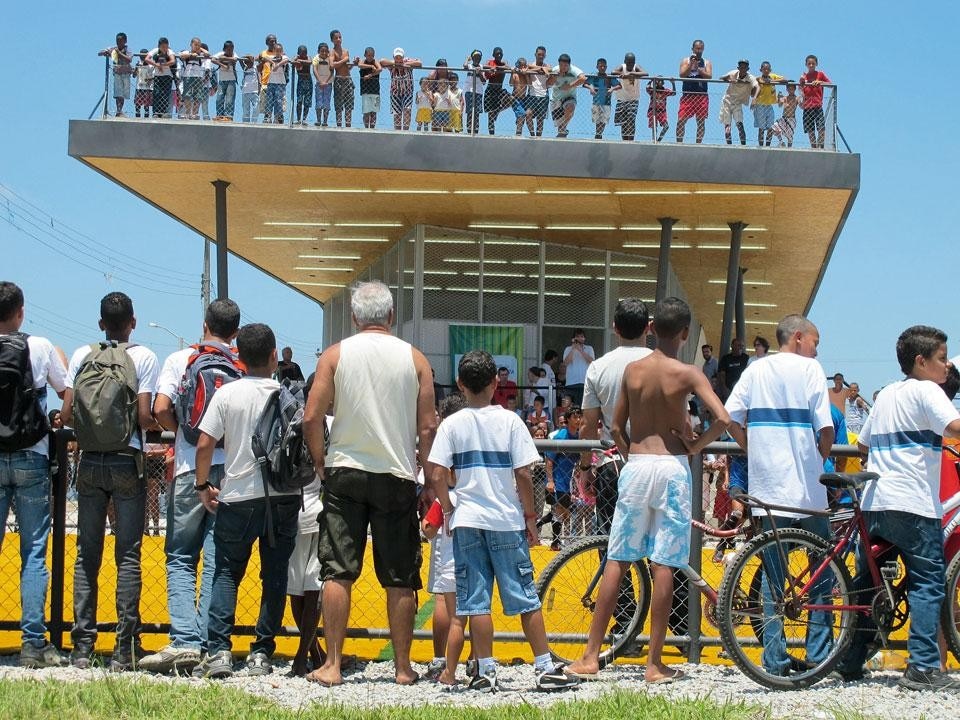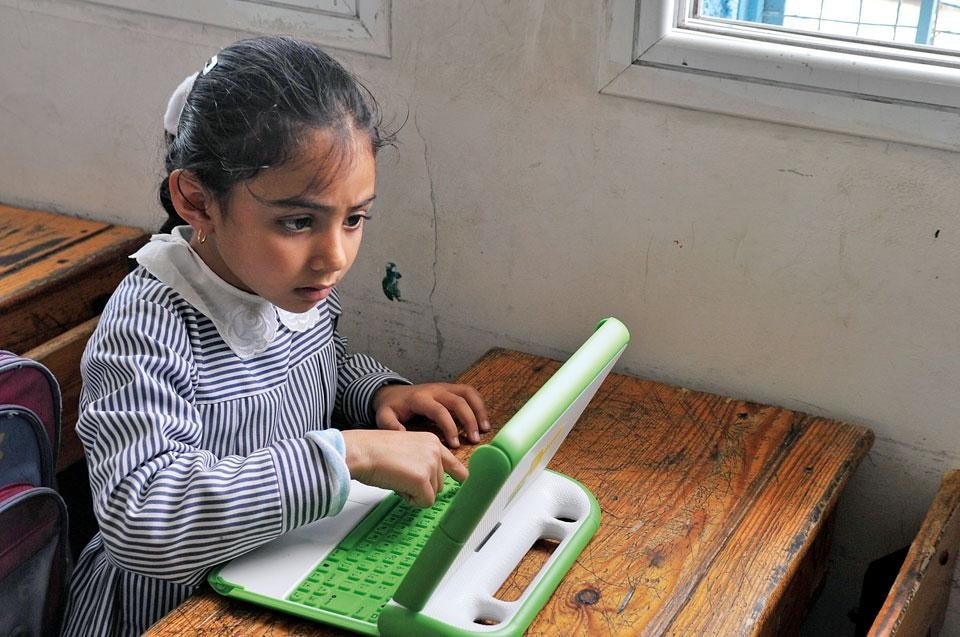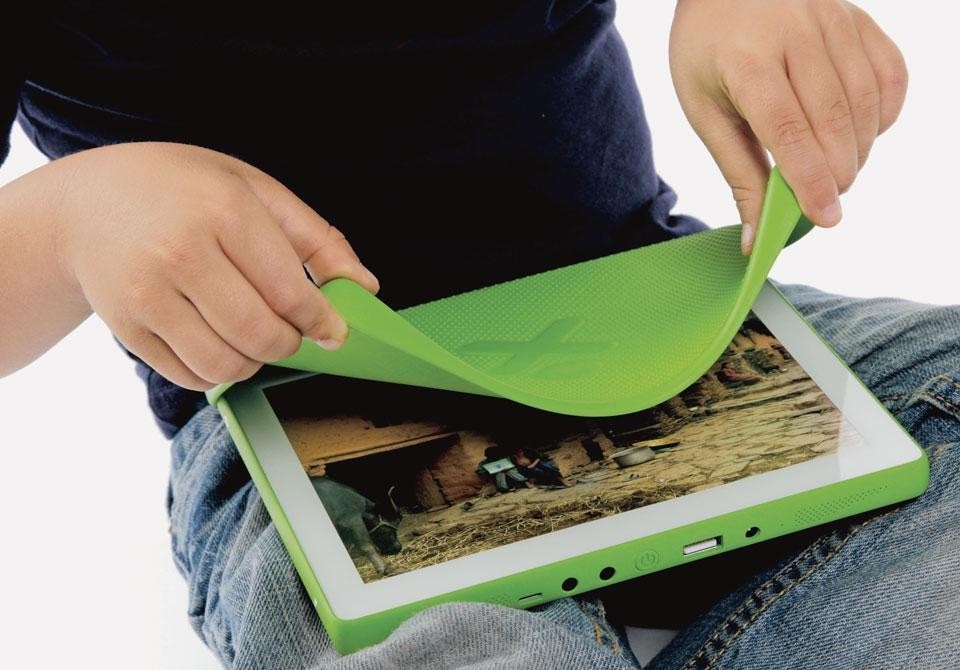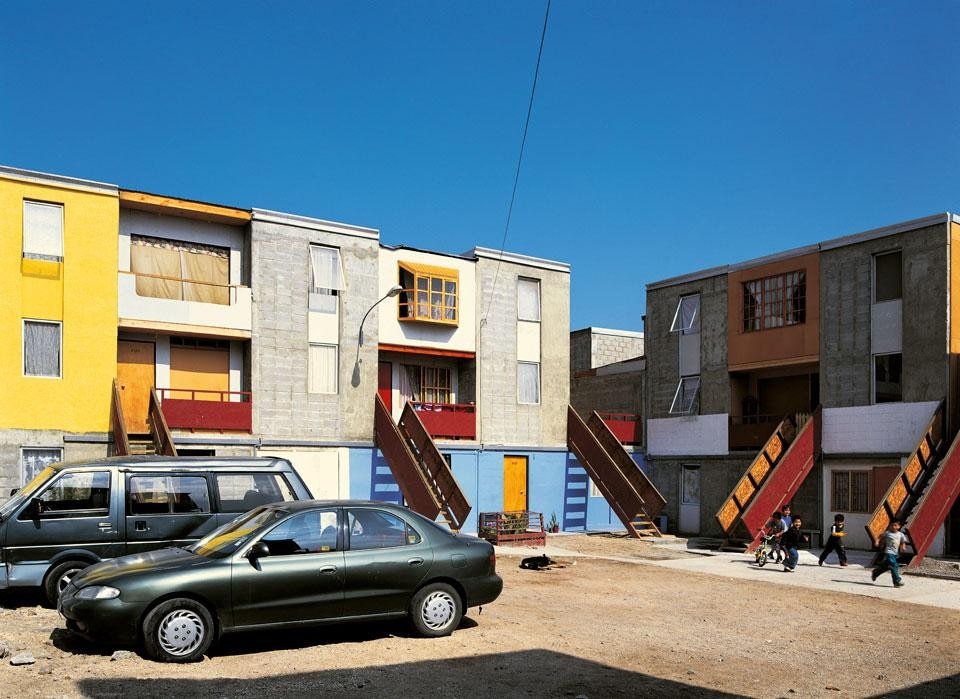What is Social Design, anyway? The term is typically used to label the work of those designers and architects who focus on tasks born out of humanitarian and socio-political issues, but the term is deeply unsatisfying. For instance, it suggests a type of design that is not conceived for the benefit of individuals, but rather for idealised and averaged groupings thereof, with the intent of improving their conditions. But isn't the generalisation dangerous? And isn't it what designers do? Isn't all design "social"? It also suggests outside intervention and, indeed, a teacher-pupil relationship.
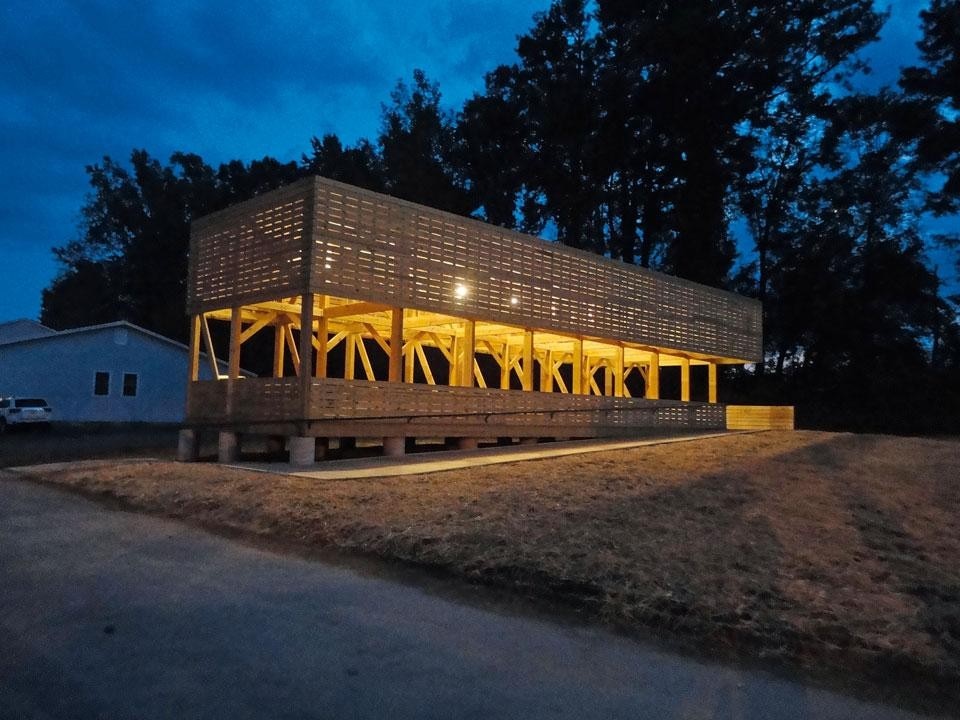
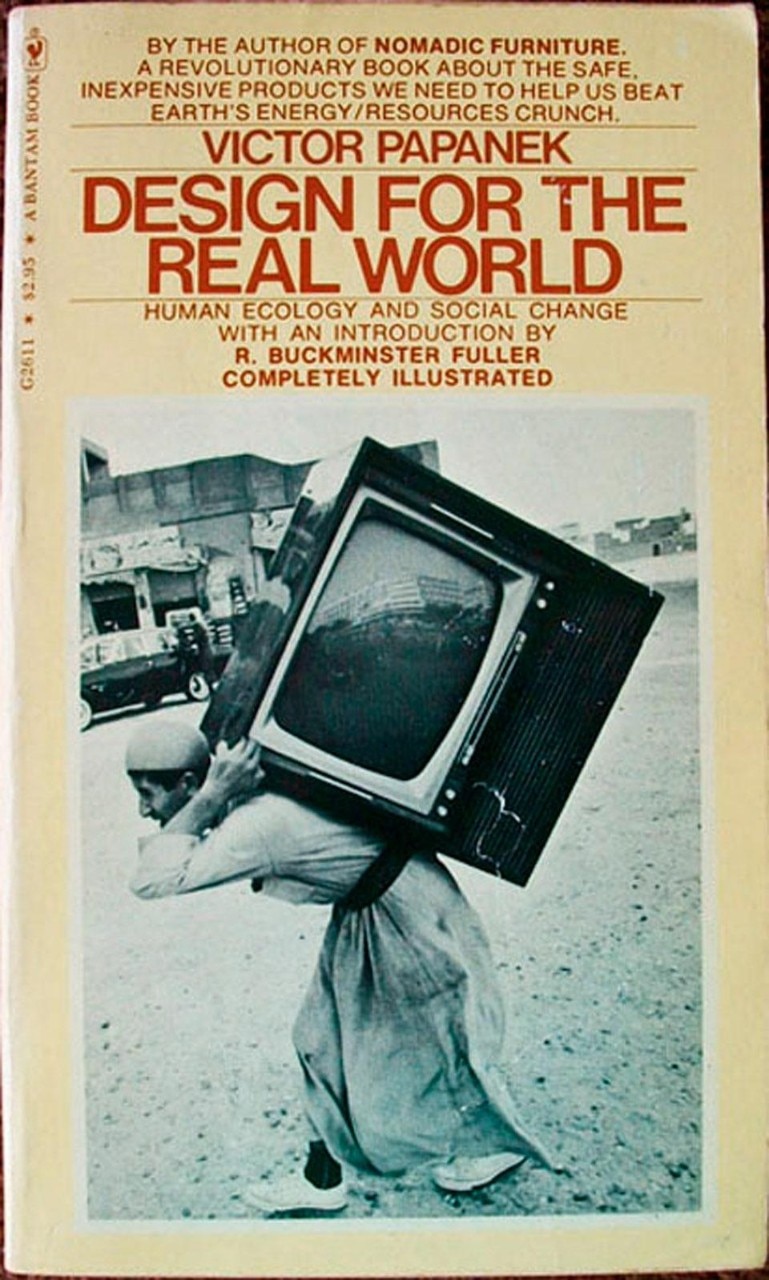
Social Design walks a very fine line, and it has often gone hand in hand with moralism and sweeping declarations


